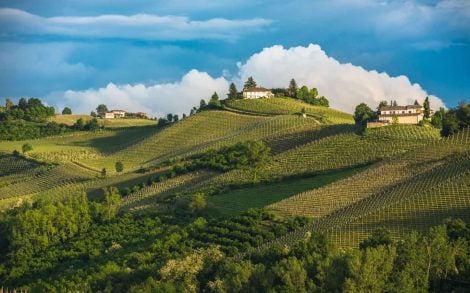Irpinia is the Campanian basin where you can find stunning white wines. The recent hot vintages of 2021 and 2022 have been interpreted more than adequately. The wines we tasted for the 2024 Gambero Rosso Vini d'Italia guide may be slightly more ready to drink than in the past, but where they lack the ability to withstand the test of time, they gain in pleasantness and immediacy, parameters not to be underestimated. The new types labeled Riserva, both for Fiano and Greco, in our opinion, can guarantee longevity, elegance, and flavor. This focus on Campania's Tre Bicchieri winners is dedicated to Greco di Tufo, produced in eight municipalities in the province of Avellino.
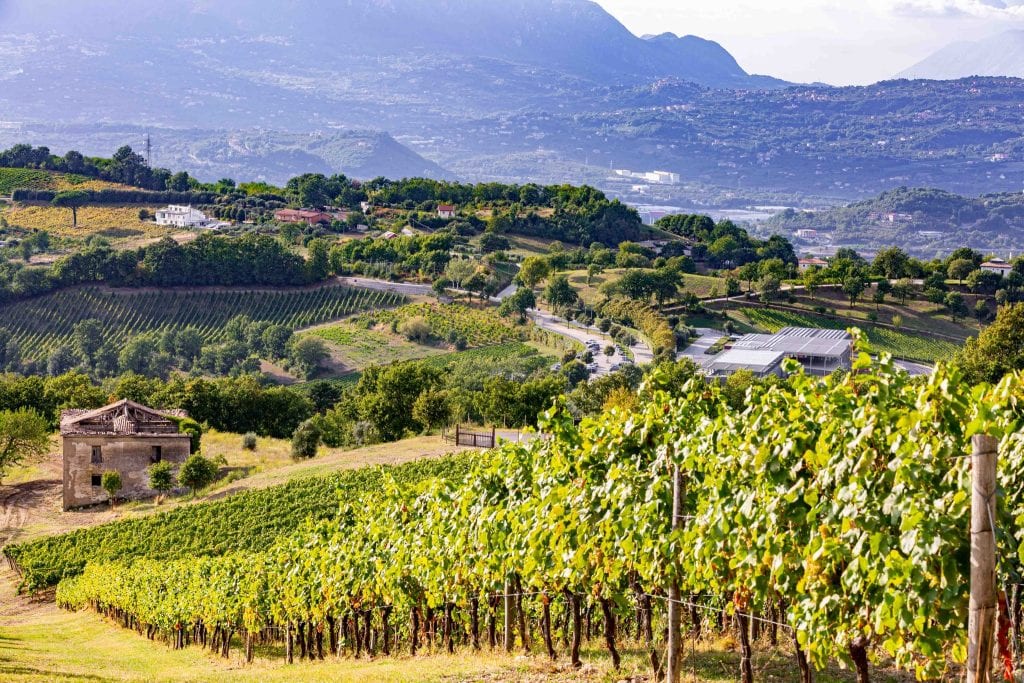
The name "greco" clearly describes the origin of this white grape variety, widespread in Campania and Calabria, regions that were once part of Magna Graecia. The Campanian variety takes its name from the town of Tufo, and is a DOCG wine. The volcanic soil and good exposure ensure that this white wine, with its pale straw color and intense aromas, expresses an elegant structure and body, allowing it to evolve in the bottle and refine its bouquet for a few years.
The Best Greco di Tufo
Here are the Greco di Tufo wines awarded with Tre Bicchieri and Due Bicchieri Rossi in the 2024 Gambero Rosso Vini d'Italia guide.
Greco Cutizzi 2022 features smoky hints, meadow and hay, white grapefruit, with an extremely precise, savory, and very mineral palate. It's challenging to condense the diverse facets of the Feudi di San Gregorio brand in a few lines. The company, led by Antonio Capaldo with the support of Pierpaolo Sirch, boasts remarkable production encompassing all the main regional denominations, carrying out parallel projects like FeudiStudi, where Aglianico, Greco, and Fiano are exalted and told in a limited edition of bottles from the most characteristic Irpinian districts; not to mention the parallel brand Dubl, dedicated to the production of sparkling wines using the Classic Method.
Daltavilla '22 is a Greco that smells of lemon and green hazelnut, meadow, and hay; on the palate, it is clear, flavorful, and truly elegant. Finding wines of this level at this price is always a great pleasure for the consumer. Villa Matilde Avallone is an ambitious project started by lawyer Francesco Paolo Avallone in the 1960s. Today, the reins of the company are in the hands of his children, managing two estates, Villa Matilde and Pietrafusa. The estate covers about 130 hectares of vineyards, and the company range includes the most important native vines from the two areas, producing wines aimed at enhancing the denominations Falerno, Fiano di Avellino, Greco di Tufo, and Taurasi.
Among the many good and very good wines presented by Fonzone, an incredible Riserva di Greco di Tufo stands out. It is Oikos '21: an elegant shade of mountain butter emerges amidst an aromatic picture of balsamic whiffs, wet stones, white flowers, and light citrus peel. This all materializes into a deep, complex, elegant mouthfeel, with a savory finish that crescendos.
Puddinghe is a new company label, named after the rocky conglomerates typical of the soils on which the company's vineyards in San Paolo stand. A hint of hazelnut paves the way for smoky and mineral nuances. Already on the nose, the wine seems to leap in the glass, and on tasting, it reveals a tense and vibrant profile, yet dense with flavor and sapidity. It seems like liquid stone: it has great charm and elegance. Sanpaolo is Claudio Quarta's Irpinian project, who, after returning from the United States and leaving his job in biotechnology, decided to return to Italy and dedicate himself to wine production in Campania and Puglia. Helping him is his brilliant daughter Alessandra: together, they manage a vineyard that spans about twenty hectares, including owned and rented land, in some of the best Irpinian areas: Tufo, Torrioni, Lapio, Candida, Castelfranci.
2022 was a great year for the Di Meo family, as demonstrated by the excellent Greco di Tufo presented this year. Active since the 1980s, the Di Meo family company was one of the first Irpinian wineries to bottle the fruit of their vineyards, betting, even in unsuspected times, on the enormous aging potential of the region's white wines. The Fiano vineyards extend over clay-limestone soils at about 550 meters in Salza Irpina, while the Greco vineyards are in the municipalities of Santa Paolina and Tufo; finally, Aglianico finds its home in the highest area of Montemarano at 650 meters. The range was very reliable again this year, with both white and red wines maintaining high-quality standards.
Of the highest level is the Colle dei Lauri Riserva '21 from Tenuta del Meriggio, a Greco di Tufo that recalls yellow spices, turmeric, broom, chamomile, and a hint of white fruit on the nose. The mouth is lively and agile, very energetic and precise, with great drive and an elegant finish that turns to anise tones. Founded in 2010, the company quickly established itself in the Irpinian wine production scene. The winery is located near the village of Montemiletto, nestled on the Serra ridge, while the vineyard park is a composite mosaic of rows scattered in different areas: from Parternopoli and Castelfranci comes Aglianico; Greco from Santa Paolina; and Fiano from Montefalcione and Candida. The company range involves some of the most important municipalities of the area, defining a high-level production.
L'Ariella '22 from Vinosia has good dynamics, progression, and a compelling sip. Luciano Ercolino founded the company in 2004 in Paternopoli, one of the most renowned and historical areas of Campania. About fifty hectares of vineyards cultivated with native varieties such as Fiano, Greco, and Aglianico, are the starting point for a project that focuses on enhancing the characteristics of ancient vines through a contemporary approach, where respect for tradition and the territory of origin is combined with the drive towards pleasant and immediate wines.
In the Greco di Tufo Le Arcaie '22, a smoky veil joins clear sensations of almond and green citrus. The mouth is effective, long, elegant, with great acidity. The company is very recent but in a few years, Passo delle Tortore has accustomed us to a range of extremely precise wines, clear in the expression of the varietal characteristics of the grapes and the territories from which they come. The vineyard hectares are just over five and are located in Contrada Vertecchia, in Pietradefusi, a municipality that marks the boundary between Irpinia and Benevento. At 400 meters of altitude, Fiano, Greco, Falanghina, and Aglianico are born for a limited but very satisfying range.
Field herbs, balsamic sensations, and a flowery meadow in the Greco di Tufo Oltre '21. A slightly sweet attack prepares the way for a solid sip that grows on savory and mineral sensations.
From Picoli comes the eponymous Greco di Tufo 2021, a Riserva that combines delicious pineapple, plum, and gooseberry sensations with more austere smoky and mineral nuances before revealing a lively and vibrant mouthfeel, with a deep extension and sharp acidity. Many small Irpinian wineries share a similar history: from grape suppliers to wine producers. This is also the case for Bambinuto: the idea was Marilena Aufiero's, who convinced her father Raffaele and mother Anna to produce the first labels in 2006. We are in Santa Paolina, a key municipality for the production of Greco di Tufo, where the Aufiero family cultivates parcels in Paoloni and Picoli, above 500 meters, on clay-rich and limestone layers.
The Ponte dei Santi '21 is very good, a Greco with an aromatic profile played on herbaceous sensations, with a structured and solid palate, of great energy. Now one of the most renowned realities of the Irpinian territory, Villa Raiano is the creation of brothers Sabino and Simone Basso, currently supported by their children Federico and Brunella. A family business with multiple facets that go beyond just wine production, extending the offer to hospitality and wine tourism. There are 27 hectares of vineyards extending between the municipalities of Lapio, Montefredane, San Michele di Serino, Altavilla, and Castelfranci; the range is varied and solid and, especially this year, without weak points.
Once again this year, the Somma family of Cantine di Marzo presented an impressive range of Greco di Tufo, narrowly missing the Tre Bicchieri target. Ortale, Laure, and Serrone are three similar yet different whites. The first combines white peach, fresh herbaceous sensations, and hazelnut; the second smells of wet grass and lime; the third is characterized by elegant white flower sensations. On the palate, all three masterfully blend flavor and tension. The sparkling wine production is also very intriguing.

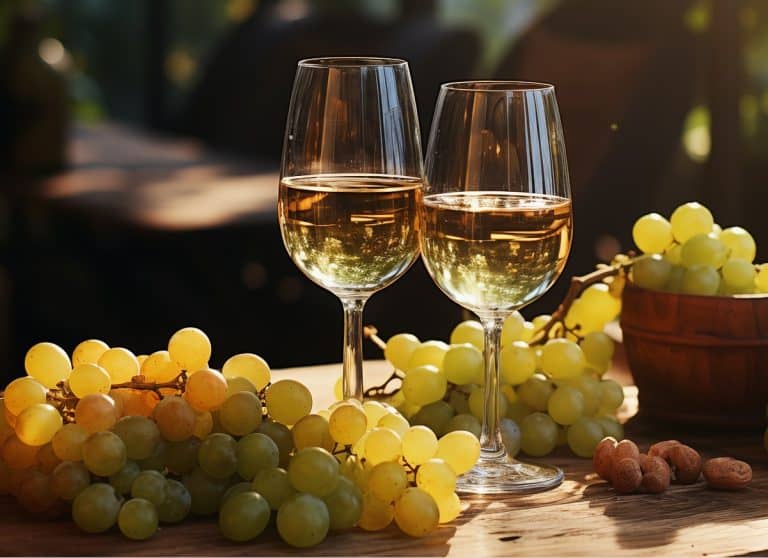
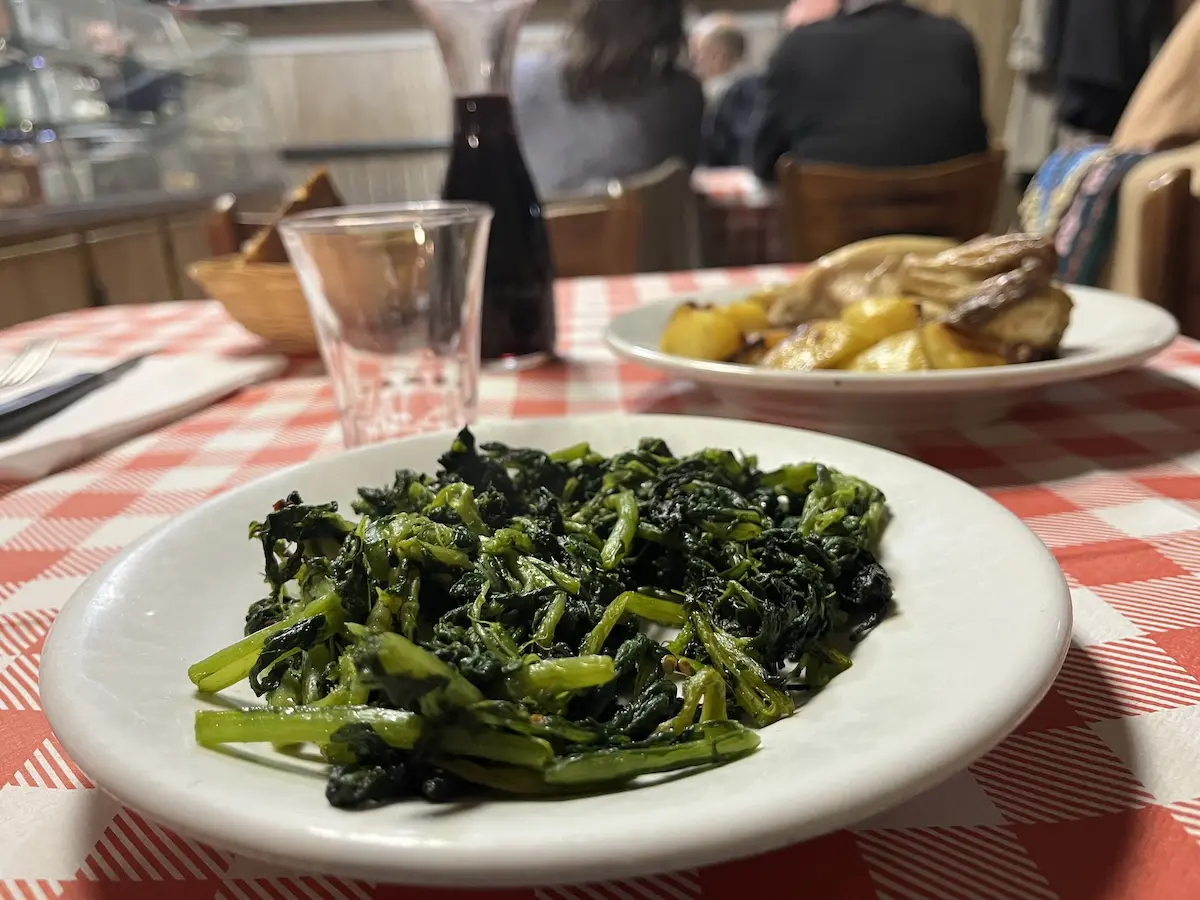 Why not every trattoria should be written about
Why not every trattoria should be written about Brigitte Bardot’s final rosé: the wine that marks the end of an icon
Brigitte Bardot’s final rosé: the wine that marks the end of an icon What you need to know about Italy's new decree on dealcoholised wine
What you need to know about Italy's new decree on dealcoholised wine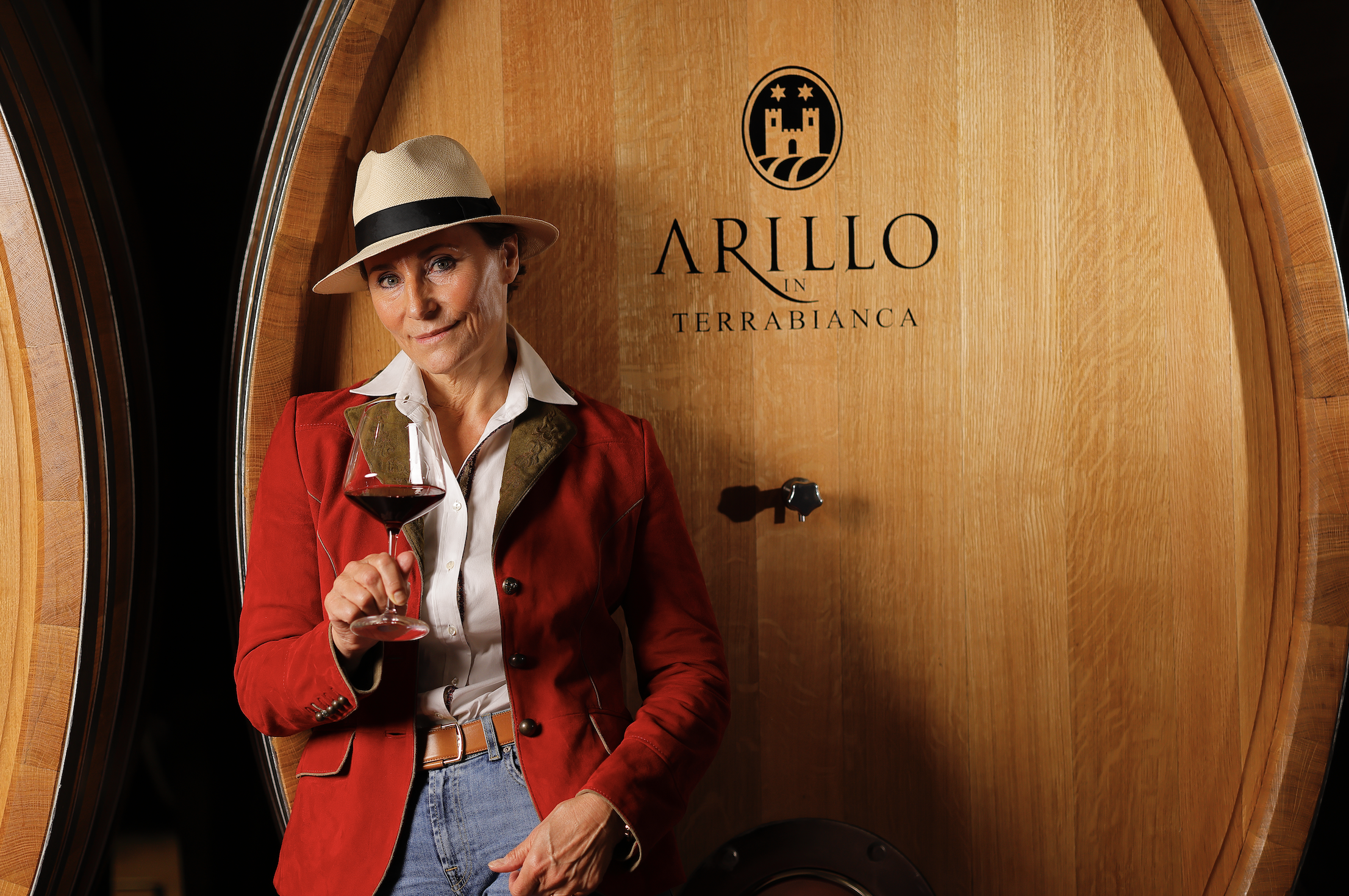 Why Arillo in Terrabianca's organic approach is paying off
Why Arillo in Terrabianca's organic approach is paying off


